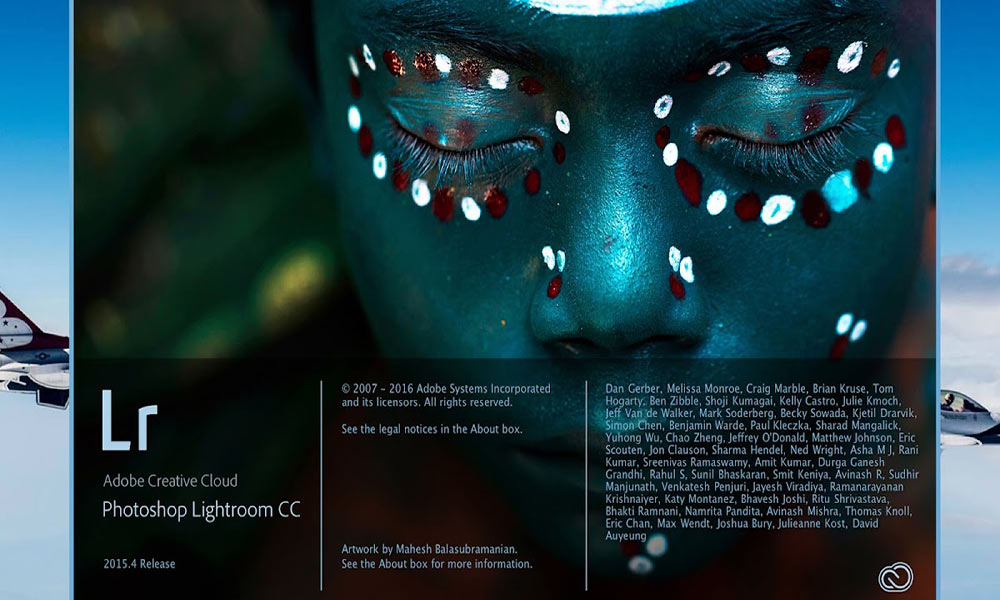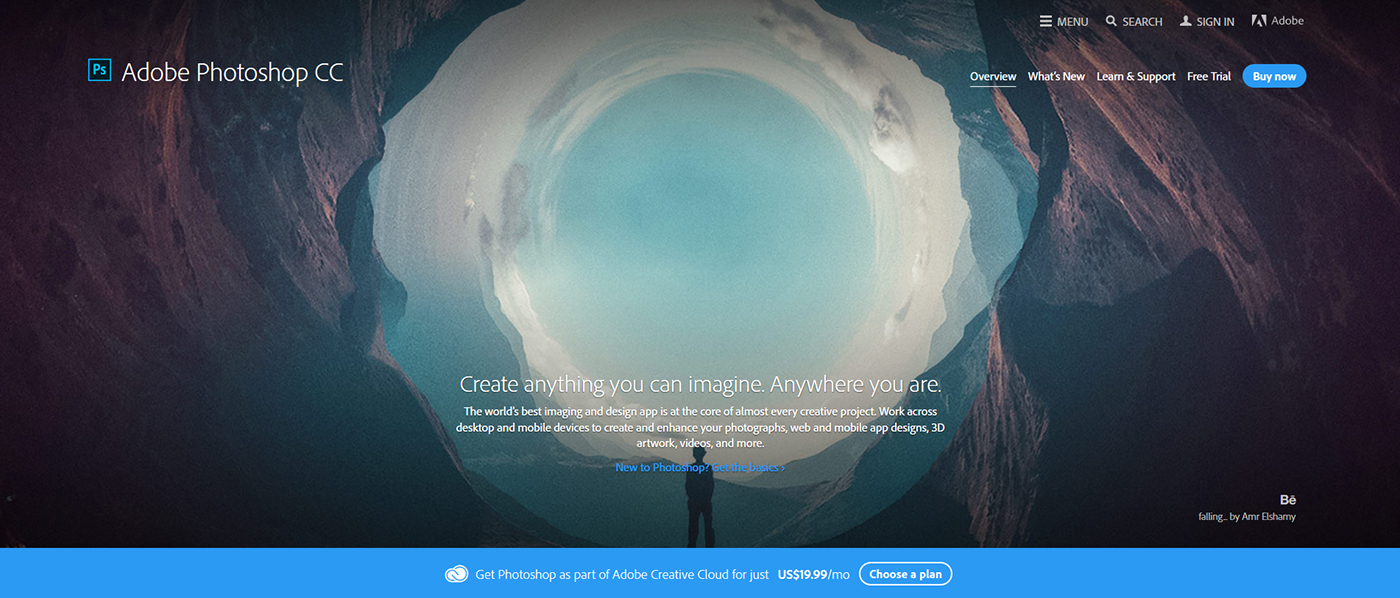
- #ADOBE PHOTOSHOP LIGHTROOM CC 2017 FULL#
- #ADOBE PHOTOSHOP LIGHTROOM CC 2017 ANDROID#
- #ADOBE PHOTOSHOP LIGHTROOM CC 2017 OFFLINE#
- #ADOBE PHOTOSHOP LIGHTROOM CC 2017 PROFESSIONAL#
Most cameras are supported within 2-3 months of their release. Proprietary raw file formats are not standardized, so they must be individually added in a Lightroom release. When a new camera is released, standardized formats such as JPEG, TIFF and DNG are supported immediately. If it’s disabled, you can tap on the cloud icon at the top of Detail view to download a smart preview for editing. If Use Cellular Data is enabled in Preferences, everything works smoothly.
#ADOBE PHOTOSHOP LIGHTROOM CC 2017 OFFLINE#
If you go to the menu (top left in Organize view), then select Device Info & Storage > Manage Storage, you can now see a list of albums marked to store offline and clear them. Here you can select the location, opacity, font and size.Īndroid devices which support App Shortcuts on Nougat (7.1.1 or later) can long-press on the Lightroom app icon to display shortcuts. Toggle the Include switch and tap Customize to set the watermark properties.

To set the preferences, tap the LR icon in the top left corner of Organize view, and go to Sharing Options. You can now add a simple text based watermark when sharing photos from the iOS apps. The F key or Escape gets you back to the normal view again.

#ADOBE PHOTOSHOP LIGHTROOM CC 2017 FULL#
Press the F key, or go to View menu > Detail Full Screen. You can now view your photos in full screen mode, with no distractions. If more than one photo is selected, set the date of the last one and they’ll all be adjusted by the same increment. Click the pencil icon to the right of the Capture Time field in the Info panel, then set the correct capture time. If you’ve ever forgotten to adjust your camera’s clock for daylight saving time or when traveling, you’ll appreciate the ability to fix the capture time of your photos. You can set the hue and saturation of the shadows and highlights using the color picker, and adjust the balance between them. The interface is a little different to the Lightroom Classic controls, but the basic principles are the same. To show/hide the Split Toning controls, click the icon at the top of the Effects panel. Split toning is used for cross-processing type effects for color photos, or tints for B&W photos. There’s even a helpful gradient to help you remember which direction to move. There are buttons for the parametric curve (which prevents you from doing anything too crazy!) and the RGB, Red, Green and Blue point curves. To show/hide the Tone Curve, click the icon at the top of the Light panel. The tone curve allows advanced control over the tones, contrast and color in a photo. It’s much better at retaining highlight and shadow detail, and doesn’t often overexpose, so it’s a much better starting point. Furthermore, it’s now smart enough to take your existing Crop, White Balance or Camera Profile into account when doing its calculations. The new Auto applies auto adjustments to Exposure, Contrast, Highlights, Shadows, Whites, Blacks, Saturation and Vibrance, to get the best automated result possible.
#ADOBE PHOTOSHOP LIGHTROOM CC 2017 PROFESSIONAL#
No more! Adobe has used its machine learning technology to analyze how skilled professional photographers edited tens of thousands of photos, and then applied this information to build a brand new Auto. Lightroom’s old Auto adjustments were… hit and miss, to put it kindly. New Intelligent Auto Settings, powered by Adobe’s Sensei! (All Versions) By popular demand, the new features in this release are: Of course there’s new camera/ lens support, as well as bug fixes, but we’re also seeing fast development of new features as the app is so new.
#ADOBE PHOTOSHOP LIGHTROOM CC 2017 ANDROID#
The Lightroom CC ecosystem has been updated today, with updates for the Windows (1.1), Mac (1.1), iOS (3.1) and Android (3.2) apps. ( Lightroom Classic CC has also been updated.)


 0 kommentar(er)
0 kommentar(er)
